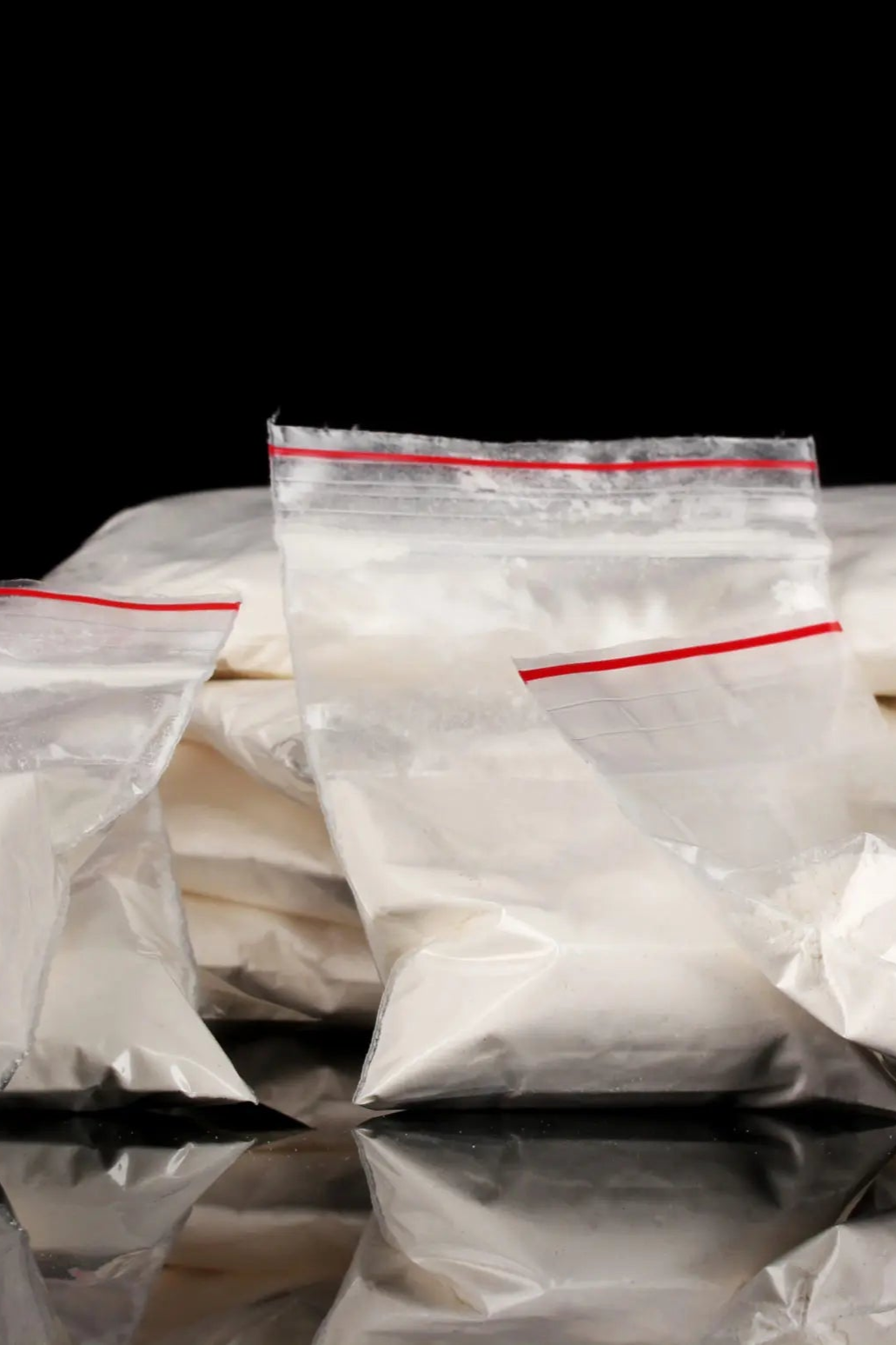The origin and history of cocaine production
Cocaine has a long and complex history that is deeply rooted in South American culture. It is extracted from the leaves of the coca plant (Erythroxylum coca), which has been cultivated in the region for thousands of years. The Incas used coca to alleviate the effects of fatigue, hunger and altitude sickness. Chewing the leaves enabled them to perform hard physical labour in the mountains.
However, modern cocaine production did not begin until the 19th century, when European scientists isolated the active ingredient. Cocaine was initially hailed as a medical wonder drug and was an ingredient in medicines and even drinks such as Coca-Cola. Over time, however, the immense addictive potential of cocaine was recognised, which led to its worldwide regulation and eventual illegalisation. Today, cocaine is mainly consumed as a drug and its production is mainly illegal.
Main countries where the coca plant is grown for cocaine production
The coca plant thrives particularly well in the tropical regions of South America. Colombia, Peru and Bolivia are considered the main coca-growing countries and together are responsible for the majority of the world's cocaine production. Colombia tops the list as the largest producer and is known for its massive illegal drug trade.
Cultivation often takes place in remote, inaccessible areas where it is difficult for authorities to intervene. Small farmers who cultivate the coca plant are often under pressure from drug cartels that control production. Despite international efforts to reduce the cultivation of coca plants, the trade remains extremely lucrative and difficult to stop. The geographical and political conditions in these countries play a decisive role in this.

The coca plant as the basis for the production of cocaine
The coca plant is an inconspicuous plant, but it plays a central role in cocaine production. Its leaves contain a variety of alkaloids, including cocaine, the main alkaloid used in the drug. However, large quantities of leaves are needed to obtain a significant amount of cocaine - often several hundred kilograms to produce a few kilograms of pure cocaine.
In addition to its use in cocaine production, the coca plant also has cultural significance. In countries such as Peru and Bolivia, chewing coca leaves or drinking coca tea is a legal tradition that is closely linked to the indigenous way of life. These cultural practices contrast with the illegal use of the plant, which is causing major problems worldwide.

What chemicals are used in cocaine production?
Cocaine production is a complex chemical process that requires a variety of substances. The most important chemicals include sulphuric acid, petrol, paraffin, potassium permanganate, acetone and other solvents. These chemicals are needed to extract the alkaloids from the coca leaves and to purify the cocaine.
The use of these substances is extremely dangerous. On the one hand, they pose a considerable risk to the workers, who often work in improvised laboratories without protective clothing. On the other hand, the improper storage and disposal of these chemicals lead to considerable environmental damage. Rivers and soil are contaminated by toxic residues, which has long-term effects on ecosystems.
By-products and effects of cocaine production
The illegal production of cocaine leaves a devastating trail of environmental damage. In addition to the chemicals that are introduced into the process, large quantities of waste products are produced, which are often simply dumped into rivers or the ground. This leads to:
-Contamination of water resources: rivers and lakes in the cultivation areas are contaminated by toxic substances, jeopardising drinking water supplies.
-Soil destruction: The residues make the soil infertile, making agricultural cultivation impossible.
-Endangering biodiversity: plants and animals in the affected regions die out or are displaced.
In addition, cocaine cultivation contributes to deforestation as more and more land is opened up for cultivation.
The role of cement and petrol in cocaine production
Although it may seem absurd, materials such as cement are actually used in cocaine production. cement is often used as a binder in the early stages of processing to speed up the chemical reactions. petrol, in turn, is used as a solvent to extract the alkaloids from the plant matter. both substances are not only dangerous for the workers, but also degrade the quality of the end product, posing health risks to consumers.
The use of such everyday substances shows the improvised nature of many illegal production facilities, which often work with the simplest of means, yet the process remains highly effective - and deadly.



